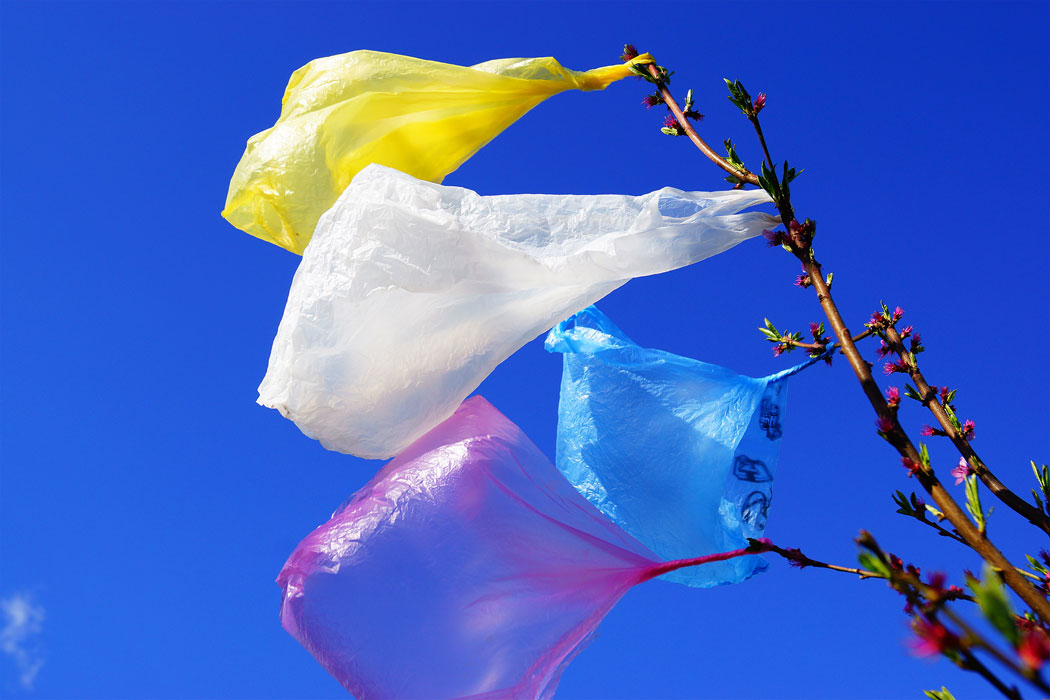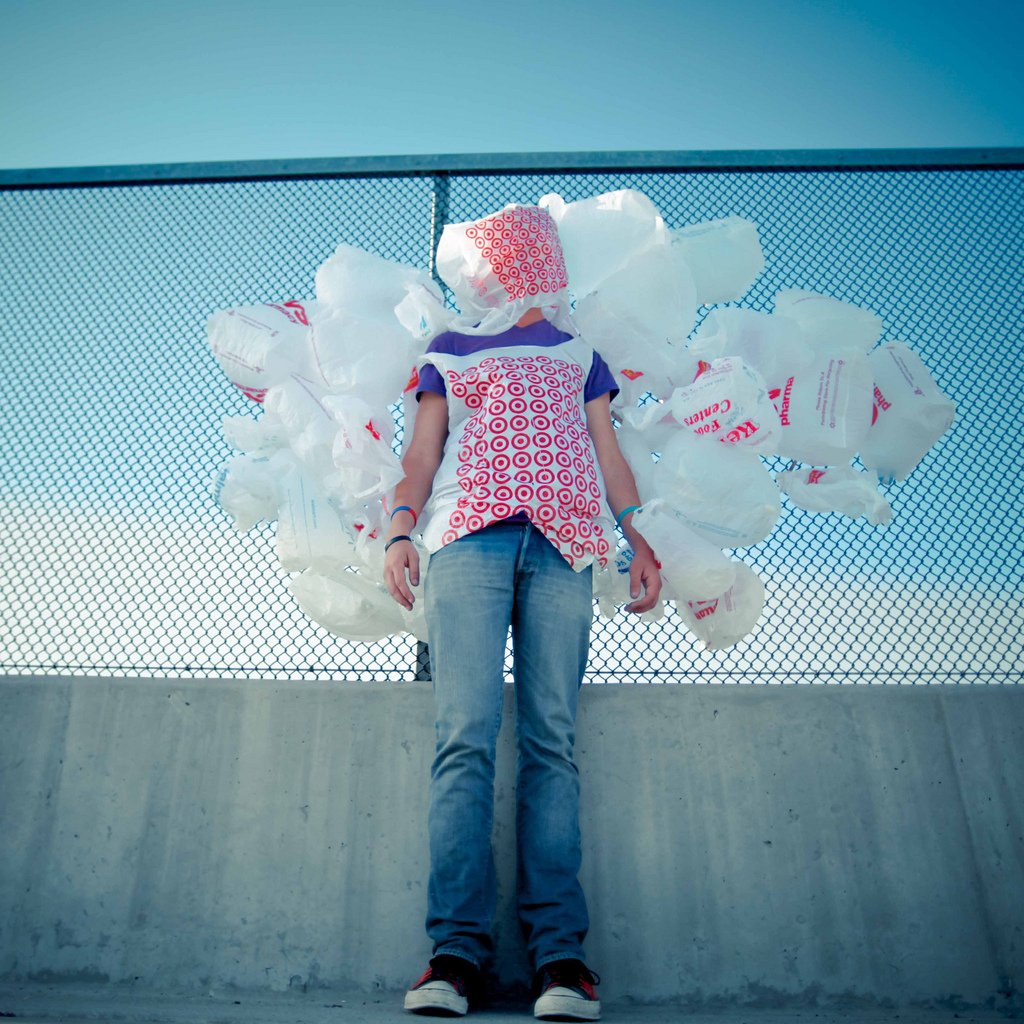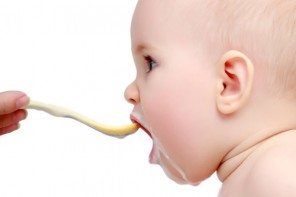Plastic has been given a black mark when it comes to green living because it is so destructive to the environment. A recent initiative aims to remedy its reputation. Say hello to oxo-biodegradable plastic, a plastic that’s said to be kinder to the planet.
How it Works
Oxo-biodegradable plastic makes use of a technology that offers a cost-effective alternative to plastic because it is made with the same equipment used for regular plastic. Although it looks just the plastic we know, if oxo-biodegradable plastic ends up in the environment it won’t be harmful to the planet or its wildlife.
A small quantity of pro-degradant additive is used to make the plastic. This helps to make the plastic fall apart and become biodegradable when it is thrown away. Once broken down, micro-organisms such as fungi and bacteria can consume it.
You can recycle oxo-biodegradable plastic, but the benefit is that if it does not undergo this process it won’t end up harming the environment the way regular plastic does. Rather, it will just decompose.
Contact with Food
We are often told that plastic packaging can contaminate our food, but this is also where oxo-biodegradable plastic can be much better. According to the Oxo-Biodegradable Plastics Association, it ‘has been certified by RAPRA Technology Analytical Laboratories as safe for long-term contact with any food’, efficient up to temperatures of 40 degrees Celsius.
Earth-Friendly Plastic Types
There are already oxo-biodegradable plastics that are available, and these include shopper bags, refuse sacks, gloves, bin liners, aprons, bubble wrap, and frozen food bags, to mention a few. We can definitely expect more products.
Lowering our general use of plastic still seems to be the most important action we can take
So What’s the Catch?
Plastics SA and South African Products International (SAPRO) recently released a paper outlining concerns about oxo-biodegradable plastic. According to this information, the problem with biodegradable plastic concerns energy costs during production. When thrown away, this plastic cannot be re-used as with recyclable plastic. This means that for every new plastic item, more energy is required to produce it.
It’s clear that every type of plastic will have some drawbacks to its efficiency. In the meantime, biodegradable plastics are definitely a move in a better direction. Lowering our general use of plastic still seems to be the most important action we can take to limit energy involved in producing plastic as well as its damage to the environment.











